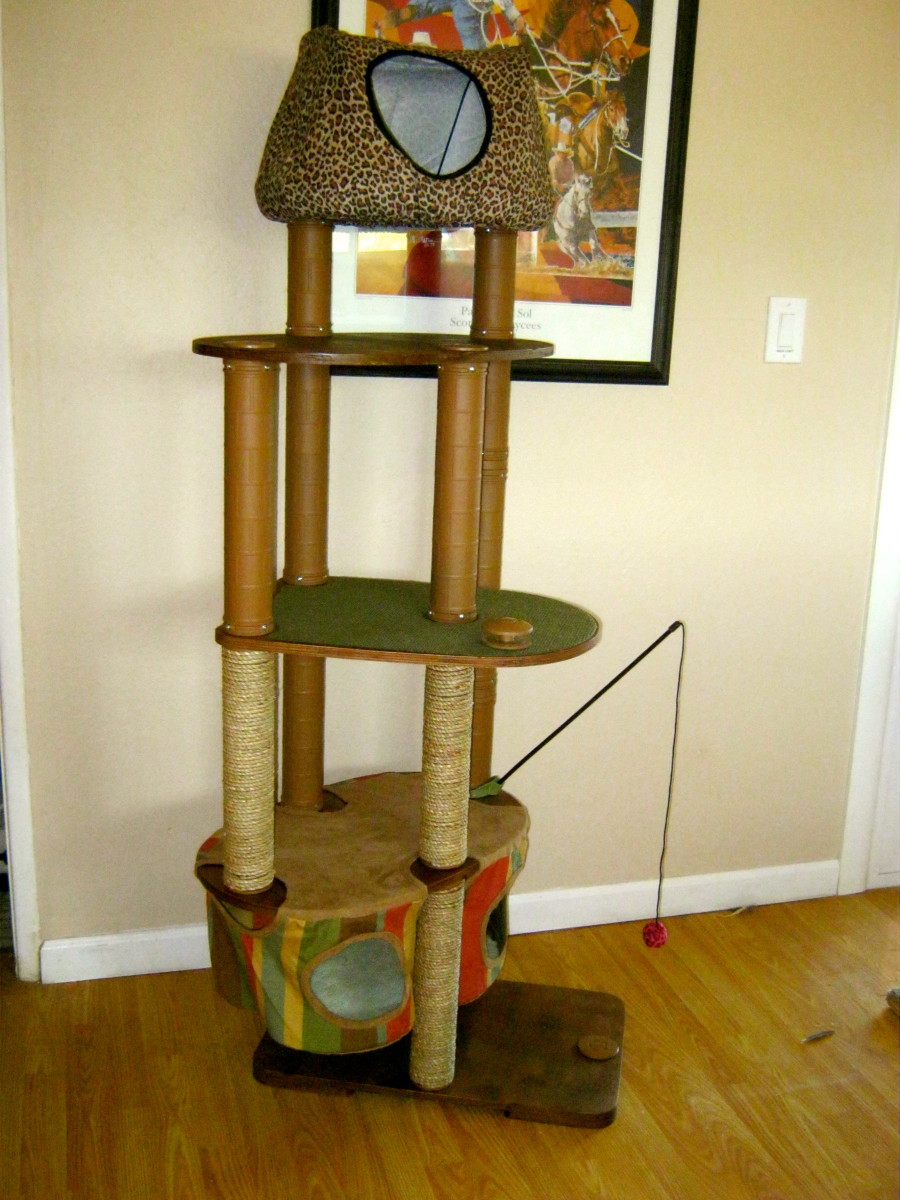Design for manufacturing and assembly, applying DFMA principles
DFMA principles
DFMA principles, when used properly, will allow parts to be machined easily and assemblies assembled efficiently. For the most part when these principles are adhered to, the resulting design will be more efficient in regards to materials and labor. Every principle may not be desirable in every application so care must be taken when deciding when to apply these principles.
DFMA principle - Near net parts
This principle has to do with raw parts that will be processed. The basic premise behind this principle is to have the raw parts profile be as close to the finished parts profile as possible. The benefits are less processing, reduced tool wear, less scrap by-product and less material in raw part.
This principle can be achieved in many ways. A part that is currently machined from a solid chunk of raw material can be either cast, forged, extruded, or molded into a shape as close to the finished profile as the design will allow. Keep in mind that even in each of these categories some processes may be better than others. For example an investment casting is able to be held to closer tolerances than a typical sand casting. Some machining processes may be able to be done away with because of this.
The benefits are great with this principle. Less processing of material is directly related to reduced labor. The reduced labor will decrease the cost of the finished part. Reduced labor will either allow you more throughput in your current system of manufacturing or allow you to reduce your required resources. The reduced weight of the part has many benefits in that the freight to have part shipped will be reduced because of the lower weight. The operators will be handling lighter parts which will increase efficiency and reduce risk of injury. Since there will be less material to be removed tooling should therefore last longer and less scrap by-product will be produced.
The ideal application of this DFMA principle would be to receive the raw material in a profile that would not require any secondary machining. Keep in mind that there may be up front cost that may need to be accounted for and that this principle will not make sense in all applications. For example low volume products may not be able to overcome the initial financial investment required.
DFMA principle - Standard parts
This principle is self explanatory so I will not go to deep into it. Generally speaking it is advisable when purchasing to try to use standard products verses non standard or special made to order ones when the design will allow. Typically they will cost less, and be more readily available than special parts. Also if your design changes and that part is no longer required, you will not be stuck with the non standard or special made to order inventory.
One example that I personally ran across was that 3/16 X 3 X 2 structural steel angle was less expensive, structurally stronger and more readily available than 3/16 x 2-1/2 x 2 structural steel angle.
While there are times that a design requires a special made to order part, one should apply this principle only when it makes sense.
DFMA principle - Liberal tolerances
There are two main factors for determining how stringent tolerances should be. The first is what does the design require to function properly. The second is what will the manufacturing process allow. Generally speaking the more liberal the tolerances on a part the easier it will be to hold the tolerances. So one should generally assign as liberal tolerances as the design and process allows. This will for the most part reduce the time that it takes to manufacture and check the part and may also reduce the amount of non-conforming parts.
DFMA principle - Reduce parts count
The premise behind this principle is that the fewer parts are in an assembly, the easier it should be to assemble. An assembly that is easier to assemble will also tend to have lower labor costs. Other advantages include fewer parts in inventory and fewer chances to make mistakes.
Reduction of parts can be achieved by either eliiminating uneeded parts or combining multiple parts. An example of eliminating uneeded parts could be reducing the number of fasteners in a flange assembly by improving the grade of the fasteners.
DFMA principle - Combination of parts
The advantage of this principle is the reduction of the number of parts through combining some of the assemblies parts. An example of combining multiple parts could be to incorporate threaded holes into a casting to eliminate the need for a nut. Another example could be to replace a flat washer, split lock washer, and a nut with a serrated flanged lock nut. In this case the flange of the serrated flanged nut acts like the washer. The serrations performs the job of the split lock washer by deforming the base material and preventing the nut from loosening.
DFMA principle - Standardization of parts
Standardization of parts refers to using common parts on multiple designs. The benefit of this design principle includes possible reduction of the number of parts to inventory and increased volume for the resulting part. For example if design "A" used a 1-1/4" long bolt, design "B" used a 1-1/2" long bolt and design "C" used a 1-3/4" bolt, standardize on the 1-1/2" long bolt for all three designs as long as the designs will allow it.
DFMA principle - Symmetrical parts
The concept of using symmetrical parts can eliminate the need for right and left hand versions of a part. The advantages to this principle is that it reduces the opertunity for mistakes and requires less attention to position parts at assembly. Both of which will reduce the amount of time at assembly.
DFMA principle - Self fixturing
The principle of sef fixturing is based on the idea that parts would have tabs and pins that would align parts during assembly. These parts could be assembled with less effort and labor and reduced potential for errors.
DFMA principle - Easy handling
This one is fairly simple. Design your parts to be handled efficiently and safely. Avoid sharp edges that may cause injury to the people handling part. Design parts that can be easily stored. Avoid parts that can become wedged or entangled.
DFMA principle - Mistake proof or Poka Yoke
By applying Poka Yoke principles, potential errors can be reduced to the point of being eliminated. There are two types of Poka Yoke. Informative poka yokes notify you when a condition exists that could lead to non conforming parts. Preventative poka yokes eliminate the possibility of a defective part being passed down stream.








